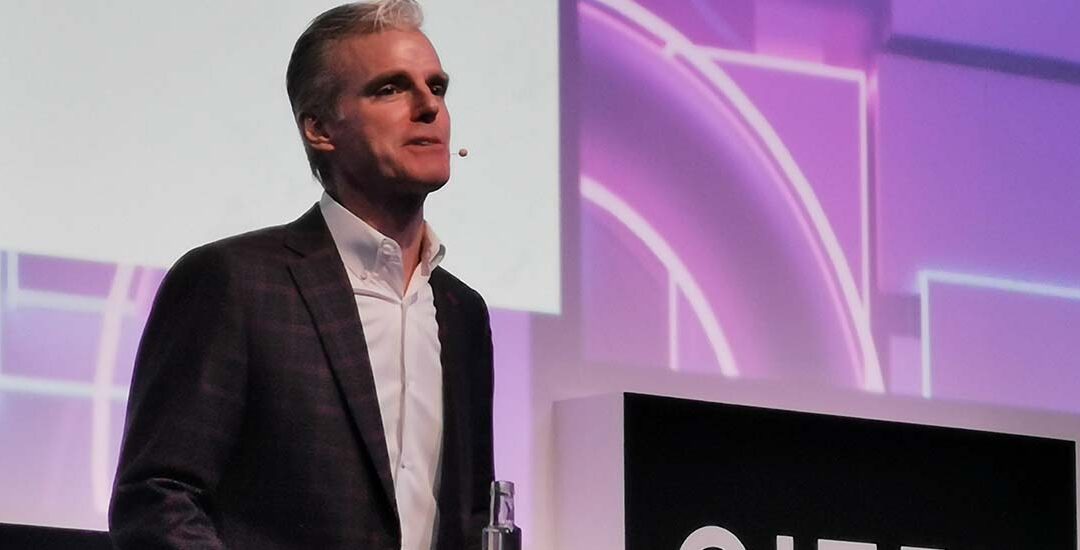Kathy Gibson reports from Gitex – Innovation is key to survival in the fast-paced and disruptive world we live in, so companies have to develop a culture on innovation.
“Anyone can innovate by accident,” says Paul Misener, vice-president: global innovation policy and communications at Amazon. “But to do it in a sustained fashion requires a methodology and culture.”
Amazon is known for its many innovations, and Misener explains that this is the result of a culture of innovation that has been carefully developed and nurtured.
“It grew out of who we were in the early days,” he says. “We recognised we were different, and decided to articulate what it is that makes us different.
“Having written it down, we realised that, to maintain a culture of innovation, these differences had to be prescriptive. And that led to our leadership principles, the tenets by which we run the company.”
Misener explains that these tenets have four main pillars.
“The first is that it is entirely purposeful – there is always a customer outcome in mind. And we have a great mechanism for this: working backwards.
“When we have an idea, we site down and write the press release announcing it. Then we work backwards to today to figure out what we need to do or invent to get there.”
The second tenet is that everyone in the company is required to innovate. “They are all evaluated in part on how they simplify their customers’ lives. All of us are innovators, all of us are trying all the time.
“There is a clear expectation that if we are going to be obsessed with our customers, everyone needs to be invested. Small things multiply to be bigger things. Many innovations have to be made on the ground where the activities happen.”
The third aspect of innovation at Amazon is the company’s complete willingness to fail. “We are always experimenting, trying new things. To do something new you must experiment, so it must be able to fail.
“True innovation is really new,” Misener stresses. “And sometimes these experiments have to be released to customers before we can know if they will fail.”
He cites the example of Amazon Prime. We weren’t sure if it would be financially viable, but the only way to find out was to try it. So we did, and initially it cost a lot of money. At the end of the day it turned out that it is sustainable and generates loyalty, but we had to release it before we could know that.”
The final tenet underpinning innovation at Amazon is recognising if a decision is immutable or not. “Before we make any decisions we first decide if it is a one-way door or a two-way door. Put another way, once taken, how difficult will it be to back out of it.
“This means we don’t have to do all of the analysis beforehand.
“Quite often companies don’t want to back out of a decision because of an embarrassment factor. Many, if not most, decisions even in any large organisatiosn could be two-way doors, giving the ability to act quickly. Treating all decisions as one-way doors is simply a time waster.”
Many companies frown on failure, and people involved in failed projects are sidelined. “So how can failure in a company like Amazon be sustainable?” Misener asks. “It’s because we do it all the time.
“At any time in the company, there are hundreds of experiments going on. Some will fail, some will work partially, others will be hugely successful. And the hugely successful ones help to fund the others.”
The real danger is in not innovating, he adds. “Many companies do the same things for ever. They are happy and their customers are happy, so there’s no reason to do anything differently. But if something changes to disrupt the status quo, they could be faced with an existential threat and then they have to quickly find new business opportunities.”
Amazon is known for many things today, but Misener remembers that it started as an e-commerce site, and had to invent many of the businesses it operates in now.
“When I started at Amazon in 1999, we had to create the tools necessary to innovate ourselves. We had to make our own artificial intelligence (AI) and machine learning (ML) tools for the collaborative filtering that drove our recommendations engine.
“This was a primitive form of AI, but it ended up with the introduction of cloud computing. Amazon Web Services (AWS) started out as storage on offer and evolved to become the whole suite of AWS cloud services.
“And now these tools are available to entrepreneurs as a service so they can focus on what is important to them: innovating in their businesses.”

